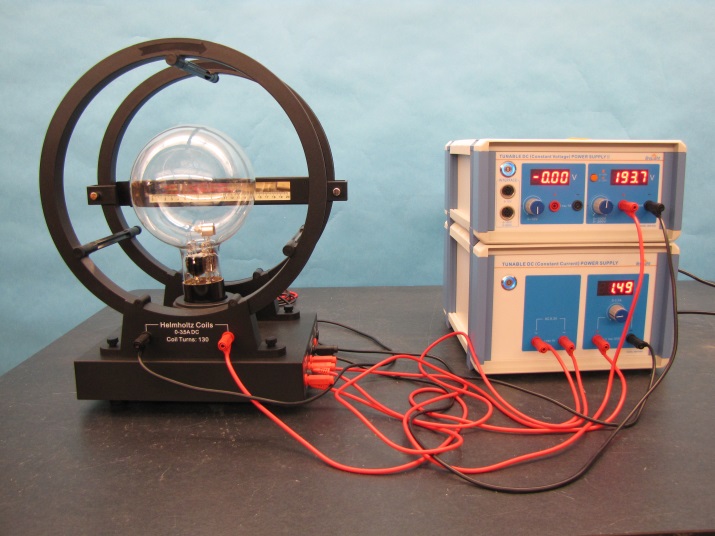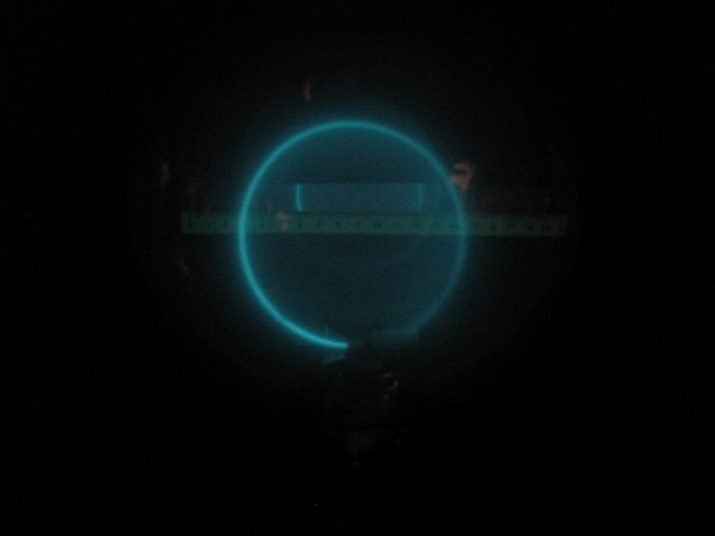Demos: 6B-18 Electron Charge-to-Mass Ration


This demonstration shows the procedure for determining the charge to mass ratio of an electron. This is similar to the procedure used by J. J. Thomson in 1897. A beam of electrons is accelerated through a potential. A pair of Helmholtz coils produces a uniform magnetic field perpendicular to the electron beam. The magnetic field deflects the beam in a circular path.
Demonstration Ideas
Demonstration Ideas
- Use a permanent magnet to deflect the electron beam instead of the Helmholtz Coils.
- The socket for the e/m tube can be rotated. By changing the angle of the magnetic field with respect to the electron beam, you can show how beam deflection is affected.
Last Updated: Nov 30, 2023 11:25 AM
Department of Physics and Astronomy, 525 Northwestern Avenue, West Lafayette, IN 47907-2036 • Phone: (765) 494-3000 • Fax: (765) 494-0706
Copyright © 2024 Purdue University | An equal access/equal opportunity university | Copyright Complaints | DOE Degree Scorecards
Trouble with this page? Accessibility issues? Please contact the College of Science.